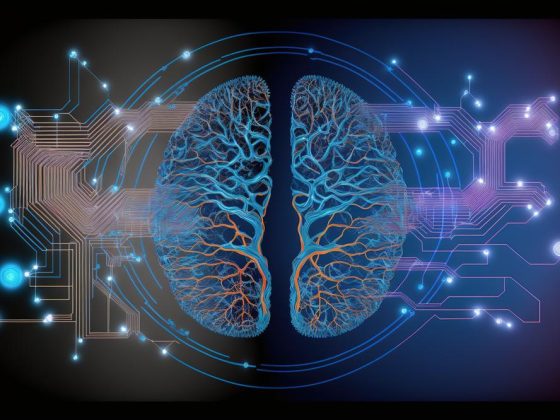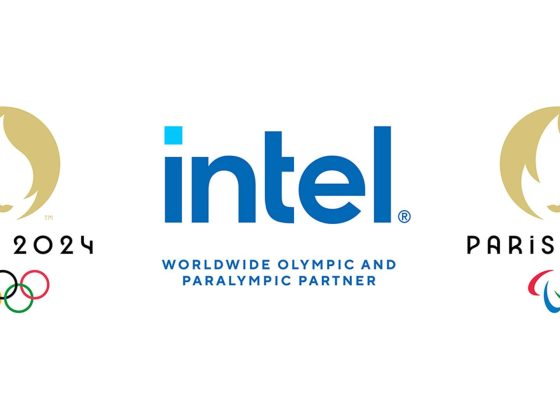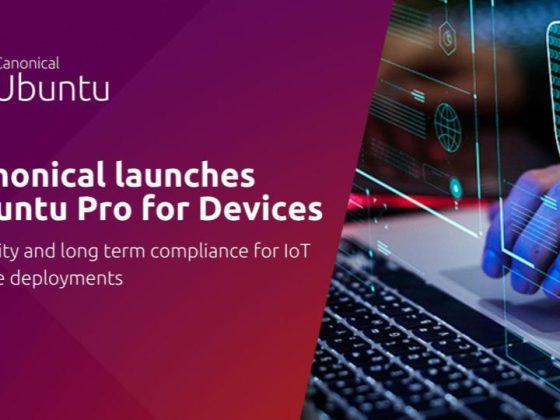The coronavirus pandemic has been an all-around nightmare, but there are a few silver linings. One of these is a renewed focus on the environment. Emissions plummeted worldwide when countries went into lockdown in the spring, and cities have since been implementing new measures to keep pollution down and get people to be more active and environmentally conscious.
In keeping with the trend, ridesharing market leader Uber announced on Tuesday that it will transition to a 100 percent electric car fleet by 2030. Lyft, its main competitor, made a similar announcement in June. Are the ride-hailing companies’ commitments to greening linked to the pandemic? It’s unclear; they likely would have implemented this switch at some point in the near future anyway, and the pandemic may simply have accelerated it (as it did for other technologies and trends, like automation and remote work).
From our partners:
The pandemic hasn’t been kind to Uber; for starters, no one really went anywhere for months on end. When people did venture out of their homes—anxious and restless and clad in the same sweats they’d been wearing all week—they opted for transportation methods that minimized contact with other people and with potentially germ-covered surfaces; walking, biking, and driving one’s own car all saw a resurgence. Uber implemented safety protocols including requiring drivers and passengers to wear masks at all times, but their business has still taken a big hit. I mean, come on—where’s the last place you went other than your living room, kitchen, or the nearest park (which you can most likely walk to)?
The company is focused on a brighter future, though, and one not dependent on fossil fuels. It’s a good thing, because ridesharing actually causes more pollution than driving one’s own car. When you drive yourself somewhere, you get there, turn the car off, and go do whatever you’re there to do; in other words, the car is only running when you’re using it to get from point A to point B. But Ubers and Lyfts run pretty much constantly—they drop you off then circle around for a while until they can pick up another rider, or they sit idling waiting for a notification to come in. All that in-between time adds up; a study from February of this year found that ride-hailing trips cause up to 69 percent more climate pollution than the trips they displace.
That’s not only not great for the environment, but not great for the future of ridesharing companies.
So here’s Uber’s fix: it plans to be a zero-emissions platform by 2040, have 100 percent of its US, Canadian, and European rides take place in electric cars by 2030, and reach net-zero emissions from its corporate operations by 2030.
These goals are well and good, but not without complications. For starters, it’s not Uber that owns its cars—its drivers do. That means anyone who wants to pick up some cash on the side driving for Uber—and those who drive as a full-time job—would have to buy their own electric cars. The cost of electric cars is predicted to drop below that of gas cars by 2022, and they’re cheaper to own and operate over a long term, but for now, they still require a significantly higher up-front cash outlay.
For a company that doesn’t have a shining record of treating its employees well (it has fought tooth and nail to keep from having to give drivers employee benefits rather than hiring them as independent contractors), it might be a lot to ask to have drivers cough up an extra few thousand dollars to help meet a goal they may not particularly care about. Anticipating this, Uber says it has earmarked $800 million to help its drivers transition to electric vehicles. In a deal with General Motors, Uber drivers can get employee pricing on new Chevy Bolts (on top of an $8,500 rebate offered to all buyers). Uber is also launching additional incentives for drivers to electrify, such as getting paid an extra dollar for each ride they give in an electric car (in Canada and the US only).
Even if these incentives are enough to convince drivers to go out and buy an electric car, though (and if it were me, it would take a lot more than what’s being offered to get me to trade in my trusty, beloved Saab I’ve had for years), the added challenges don’t end there. Drivers will have to find places to charge their vehicles, which is trickier than fueling up at a gas station, especially if you don’t live in a place where you can just run an extension cord from your house out to your car.
Given how ubiquitous Uber and other ride-sharing services have become, it’s funny to think they weren’t even around ten years ago. Remember stepping into the street and throwing an arm into the air to hail a cab? The idea of being able to summon a custom ride anytime, anywhere using a powerful but tiny handheld computer was nothing short of inconceivable back then.
Uber’s commitment to go all-electric by 2030 is a lofty goal. But also, 10 years is a long way away, and a lot could happen during that time. Maybe drivers will be more willing than we think to spend some extra money for a plug-in vehicle. Or maybe, ten years down the road, we’ll have an entirely new method of transportation that has nothing to do with Uber—one that, as of 2020, is perhaps… nothing short of inconceivable.
This article originally appeared on Singularity Hub, a publication of Singularity University.
For enquiries, product placements, sponsorships, and collaborations, connect with us at [email protected]. We'd love to hear from you!
Our humans need coffee too! Your support is highly appreciated, thank you!








